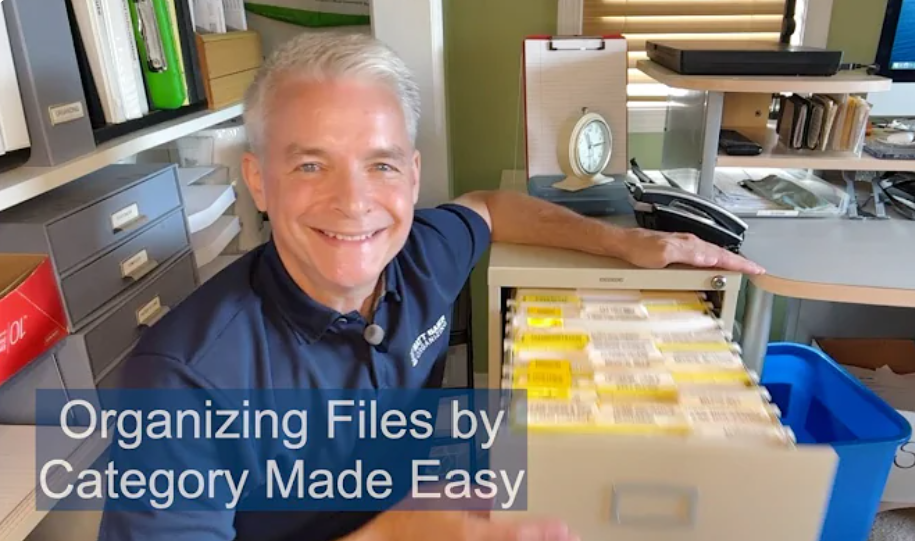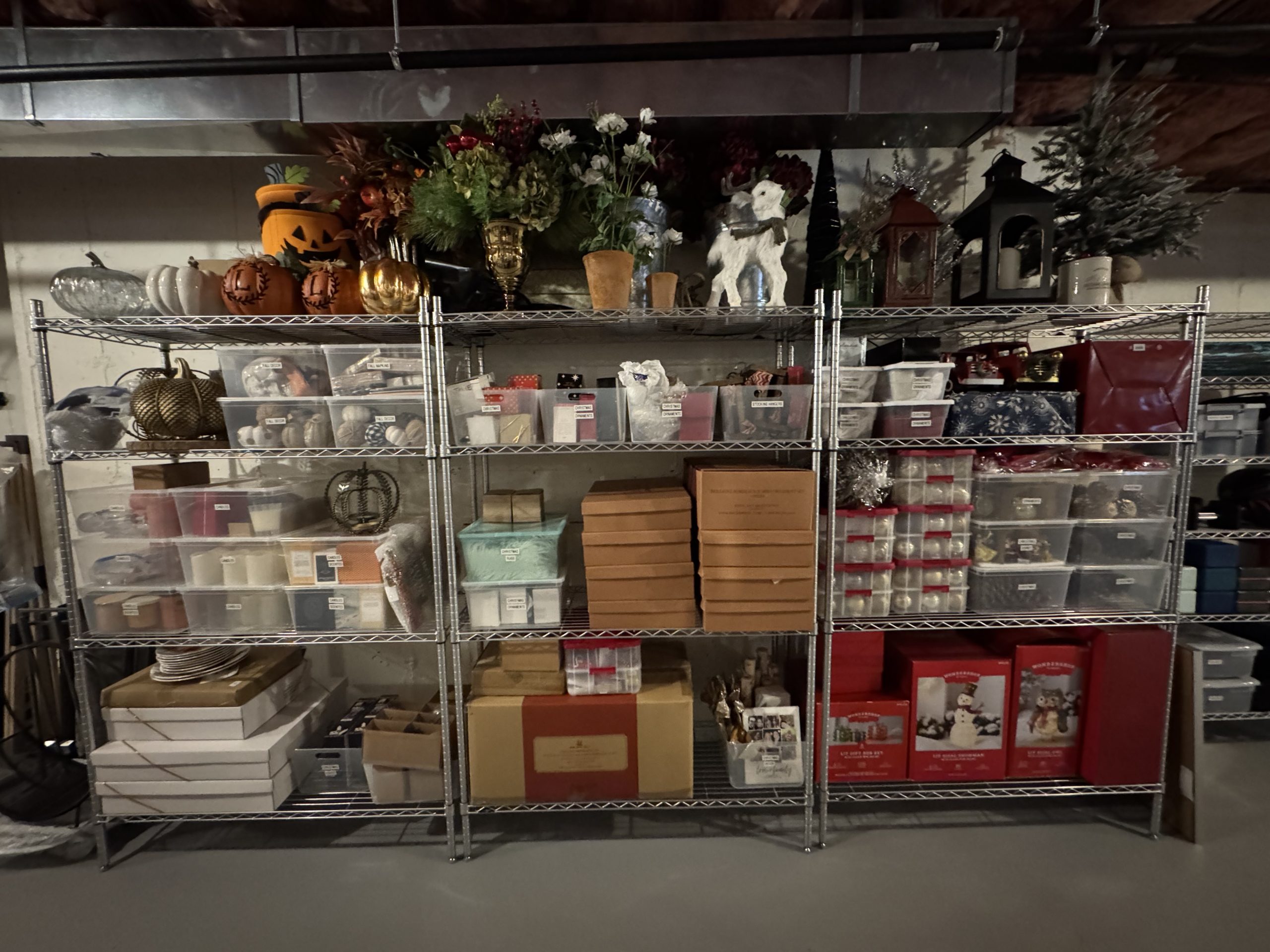For years I have recommended the book, File Anything in Your Home: And Find It Again. It offers excellent guidance on how to organize your files by category. I wanted to throw some business to the authors, but unfortunately it seems to be out of print. It seems there’s only one copy available on Amazon for $500! I still recommend you buy it if you can find it. In the meantime I want to answer all the questions I’ve been getting on organizing your files by category. What I still like about this 28 year old book is how well the set-up relates to the approach in my book, The Circulation Solution. Filing by category facilitates a plan for movement in a series of manageable, reliable stages.
Organizing Files by Category to facilitate findability
If you’ve read my past articles on filing, then you know about the 4 essential stages. This is the Sitting stage. Handy, current files you want to be able to find reliably. Categories make files easier to find than alphabetical filing. With categorical filing you limit the process of elimination from 26 arbitrary classification to just 10 intentional choices. The most important factor is trust. If you trust you can find digital files faster than paper files, then this is no longer relevant to you. However, if paper files still share a place with digital files, then keep reading. Getting back to the 4 stages, I’ve talked about how to arrive at Sitting files. Now I will focus on the category choices and how to organize them. First, here are the products I recommend:
- 2-inch yellow extra capacity hanging files
- Tri tab manila folders
- Brother P-touch labels
- Yellow file jackets for receipts
Organize files by category: Common category examples
Here is a pretty universal sampling of common residential categories:
- Household
- Family
- Utilities
- Credit
- Transportation
- Medical
- Investments
- Banking
- Taxes
Organize files by category: Subcategories
Within each category, you find three different reasons for keeping files represented by three different tab positions:
- Information tab left – less necessary with Google, but good for policies and resources
- Statements tab center – current tax year statements
- Records tab right – vital docs and other easy access records
Another way to think of it is information you may need in the future, current statements you may need in the present, records to look back at the past. Here are three examples of tri-tab usage:
- For every property you own, have an address category with subcategories like home information, home insurance policy, in the left tab. Statements of Mortgage payments and home insurance payments in the center tab. Records of the Mortgage, home improvements and home maintenance in the right tabs.
- In your medical category, keep health insurance information and medical information in the left tabs. Keep medical statements and medical insurance statements in the center tab. Keep medical records in the right tab.
- In your transportation category, keep information like auto insurance policy and travel ideas in the left tabs. Keep statements for auto insurance and car payments in the center tab, and keep records of vehicle repairs and vehicle purchase in the right tab.
Organize files by category: Helpful Tips
Here are some simple practices I recommend:
- Position the category tab all on the left side, on the front of the hanging file
- Always place the newest file in front
- Use these bottom folds, so the files drop down and don’t stick up blocking the label on the tab
- Write legibly & high on the tab
- Avoid paper clips. The can obscure, kidnap, and bulk
- Don’t file owners manuals and keepsakes. They are essentially sleeping files and can be stored more remotely.
Organize files by category to facilitate circulation
So why is this filing system perfect for The Circulation Solution? The three tabs create a priority for when to empty the file. Center is after April 15th, left is as needed, and right is mostly never. Once a year, I like the Saturday after tax day, extract all center tab statements and graduate to sleeping files. If you’re confident that you can access them digitally, then you can discard them. Don’t over-organize these files. I leave the subfolders in the sitting files and just transfer the contents. In the unlikely event you need to access these, you will have limited your search to just one year. Reserve your organizing energies for Sitting and Running files.
What changes do you hope to make to your filing system before the new year?
Please Share With Your Community
















